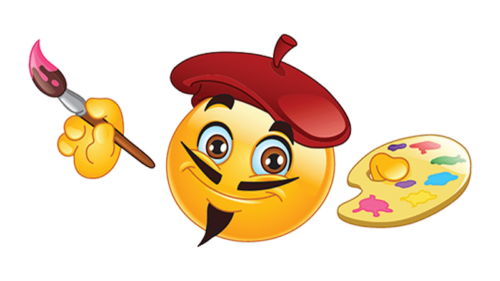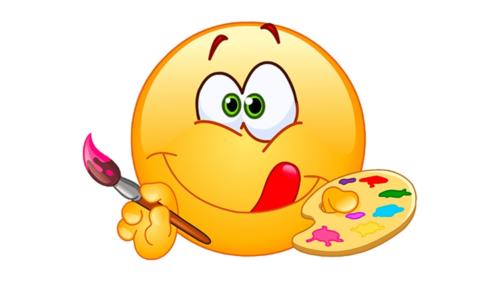In the age of digital communication, emoji have become an integral part of our daily communication. They add vibrancy to text messages and help convey emotions that are difficult to put into words. Emoticons act as emotional markers, helping to clarify or amplify the message being conveyed. Where words can be ambiguous or unclear, emoji come to the rescue, allowing you to clarify the sender’s mood or feelings.
There is a huge variety in the world of emoji. From simple smiling faces to more complex and abstract images. This variety allows users to choose the images that most accurately reflect their feelings or reactions to a particular message. And Today, they are even officially categorized as art.
The Art of Emoji
These seemingly frivolous little symbols have become a kind of cultural phenomenon and even a milestone in the evolution of written communication.
From the very beginning of its existence, art has been a bridge between reality and human imagination. Art has always reflected its time, conveying the emotions, events and spirit of the era. As a mirror of history, it reproduced every stage of human development. Art has transformed from drawings on cave walls to complex oil paintings and modern multimedia installations. Entering the digital age, a new form of symbolic expression has conquered the world: the emoji.
By the way, some long-standing emoji refer directly to famous works of art: a frightened emoji based on Edvard Munch’s “The Scream” or an emoji in the form of a tsunami – just like Katsushika Hokusai’s “The Great Wave in Kanagawa”.
In 2016, a collection of 176 animated images created in 1999 was donated to the Museum of Modern Art in New York by a Japanese telecommunications operator. In the same year, the Museum of Modern Art in New York presented an exhibition dedicated to the evolution of the emoji language. The first emoji became a hit in Japan, but only in 2010 they were included in the Unicode character encoding standard, which contributed to the spread of images in other countries. The set donated to the museum includes pictograms on emotions, weather, animals and zodiac signs, among others.
Art in Emojis
But not only emoji itself is an art. There little icons can be used to create art too. For example. Rapper Yung Jake started painting portraits of celebrities using emoji. And his pictures became incredibly popular. Now you can even find online services that turn any image into a set of emoji.
Another option for using emoji “for” art is to make descriptions of paintings and works of art out of small icons. For example, Vincent van Gogh’s “Starry Night” can be depicted as 🌌🌟🌀, and Salvador Dali’s “Constancy of Memory” as⏳🕰️.
But it’s not only paintings that people describe using emoji combinations, but phrases and even entire books can be found in emoji language today. And that too is called the Emoji Art.








